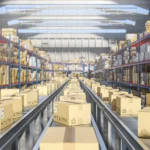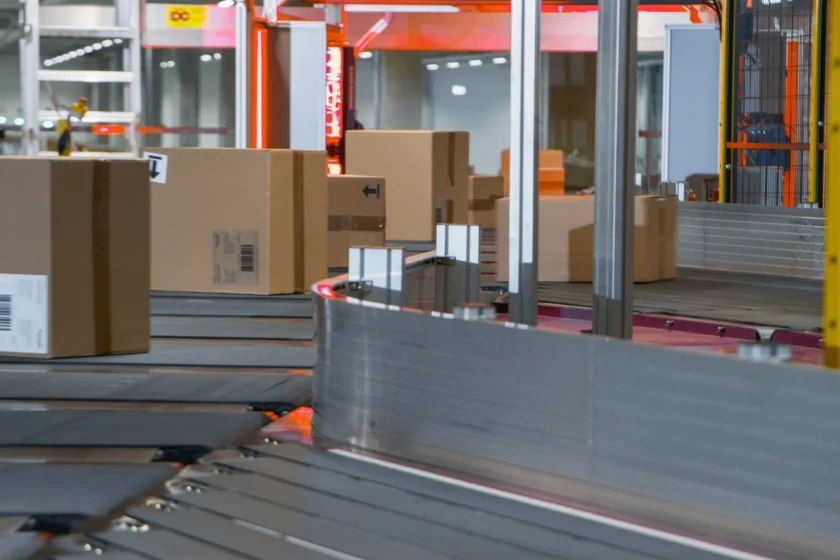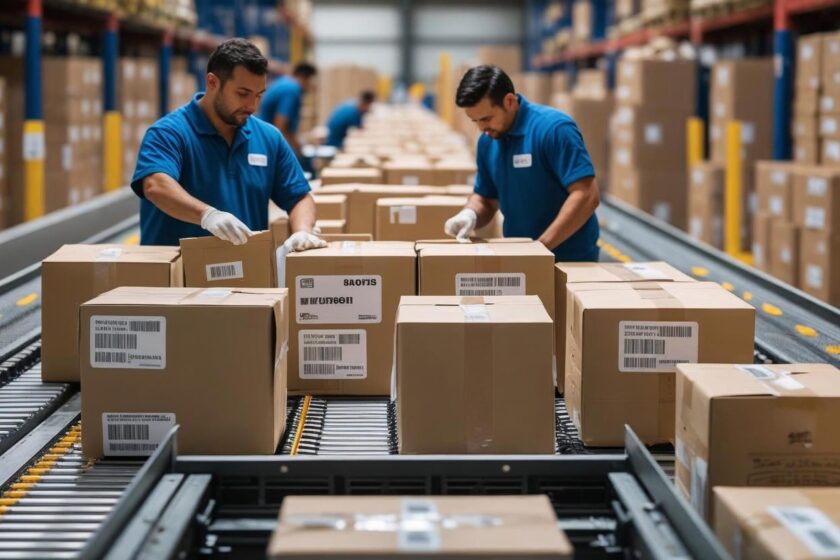If you’ve ever bitten into a perfectly ripe strawberry in the middle of winter, you’ve already experienced the magic of cold chain logistics even if you didn’t realize it. At TEU Global, we work behind the scenes to make those everyday moments possible. For us, it’s not just about moving containers. It’s about keeping fragile products alive and safe while they cross thousands of miles.
What Cold Chain Really Means
Let’s keep it simple. Cold Chain Logistics is about protecting temperature-sensitive goods from the moment they leave the producer until they reach the customer. That could mean frozen fish sailing across the Pacific, life-saving medicine flying into a Canadian hospital, or flowers shipped from South America to brighten up homes in New York.
The “chain” part is important. Every link matters. If one truck, one warehouse, or even one power system fails, the chain breaks. And when that happens, the product is often unsalvageable.
Why the Stakes Are So High
The global demand for fresh and frozen goods has exploded in the past decade. People want year-round access to produce, and healthcare systems rely on vaccines and biologics that are useless if the temperature fluctuates. According to the Food and Agriculture Organization, nearly 14% of the world’s food is lost between harvest and retail and poor temperature control is a big part of the problem.
In the pharmaceutical world, the situation can be even more critical. The World Health Organization has warned repeatedly that broken cold chains can render vaccines ineffective. Imagine millions of doses going to waste simply because one link in the system wasn’t strong enough.
How the System Works
Behind the scenes, cold chain logistics is a careful choreography.
- Pre-cooling: Goods must be cooled before loading. Warm products placed into a refrigerated truck won’t cool fast enough, and spoilage begins immediately.
- Reefer transport: Specialized containers or trucks with their own cooling units keep temperatures stable. These are constantly checked during transit.
- Cold storage hubs: Facilities along the way act like pit stops, keeping goods safe until the next transport stage.
- Last mile delivery: The toughest part. Getting fresh groceries or vaccines from a distribution center to the final customer, often within tight timelines, leaves little room for error.
The Hidden Challenges
You might think the job is simply “keep it cold,” but anyone in logistics knows that’s only half the battle. Traffic jams, customs delays, driver shortages, and even something as small as a door not sealing properly can undo everything.
Then there’s the environmental impact. Cold chain systems are energy-hungry. Reefers and warehouses use a lot of power, and sustainability is now at the forefront of discussions. Solar-assisted reefers, smart insulation, and eco-friendly refrigerants are some of the innovations making their way into the industry.

Looking Ahead
The future of the cold chain is moving in two directions at once: higher demand and tighter requirements. Food exports are increasing, and advanced medicines like biologics need even stricter handling than vaccines. That means logistics companies must raise their game.
Digital monitoring is already changing the industry. At TEU Global, we’ve been integrating IoT sensors that let shippers track their cargo in real time. Imagine being able to check your vaccine shipment’s temperature from a phone that’s the level of transparency customers now expect.
Our Approach at TEU Global
We see Cold Chain Logistics as more than a service. It’s a responsibility. When we’re trusted with food, medicine, or any sensitive cargo, we know what’s at stake. Families, patients, and businesses are depending on us. That’s why we emphasize planning, transparency, and technology in everything we do.
We also understand that not all products need the same conditions. Some goods require deep-frozen environments, while others only need consistent cool air. Matching the right equipment and storage to each shipment is part of our expertise. Businesses can learn more about our approach on our TEU Global Services page.
Wrapping Up
Most people never see the work that goes into keeping strawberries fresh in January or vaccines viable across oceans. But at TEU Global, we live it every day. Cold chain logistics is about trust, precision, and responsibility. It’s about making sure that what starts fresh, ends fresh.
FAQs
1. Which industries rely most on cold chain logistics?
Food, agriculture, pharmaceuticals, and healthcare top the list. Flowers and chemicals also depend on temperature control.
2. How does TEU Global protect sensitive cargo?
We use real-time monitoring, partnerships with vetted cold storage facilities, and contingency planning to prevent disruptions.
3. What are the biggest risks to cold chain shipments?
Delays, power failures, and equipment breakdowns. Human error like leaving a door open is also a common cause.
4. Is cold chain logistics sustainable?
The industry is improving. Energy-efficient reefers, renewable-powered warehouses, and smarter packaging are leading the way.
5. How can a company get started with TEU Global’s cold chain services?
It starts with understanding product needs. From there, we design a tailored logistics solution. Reach out to us at TEU Global to begin.



